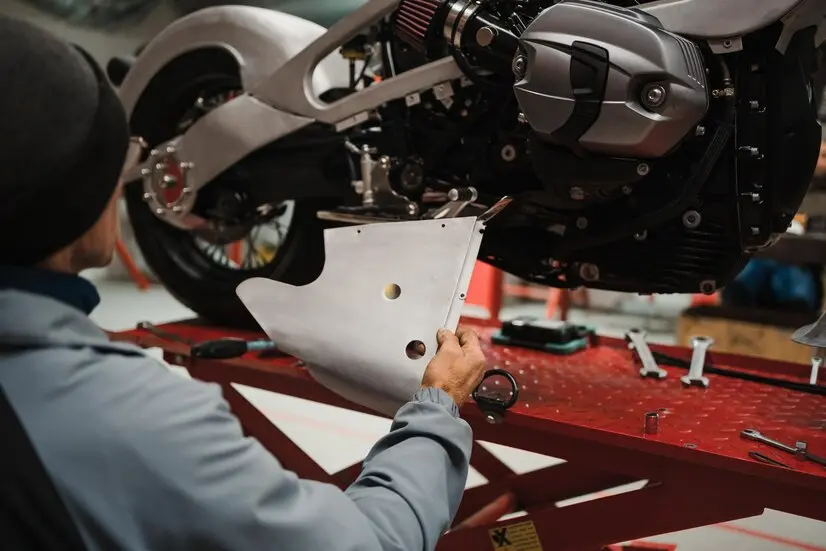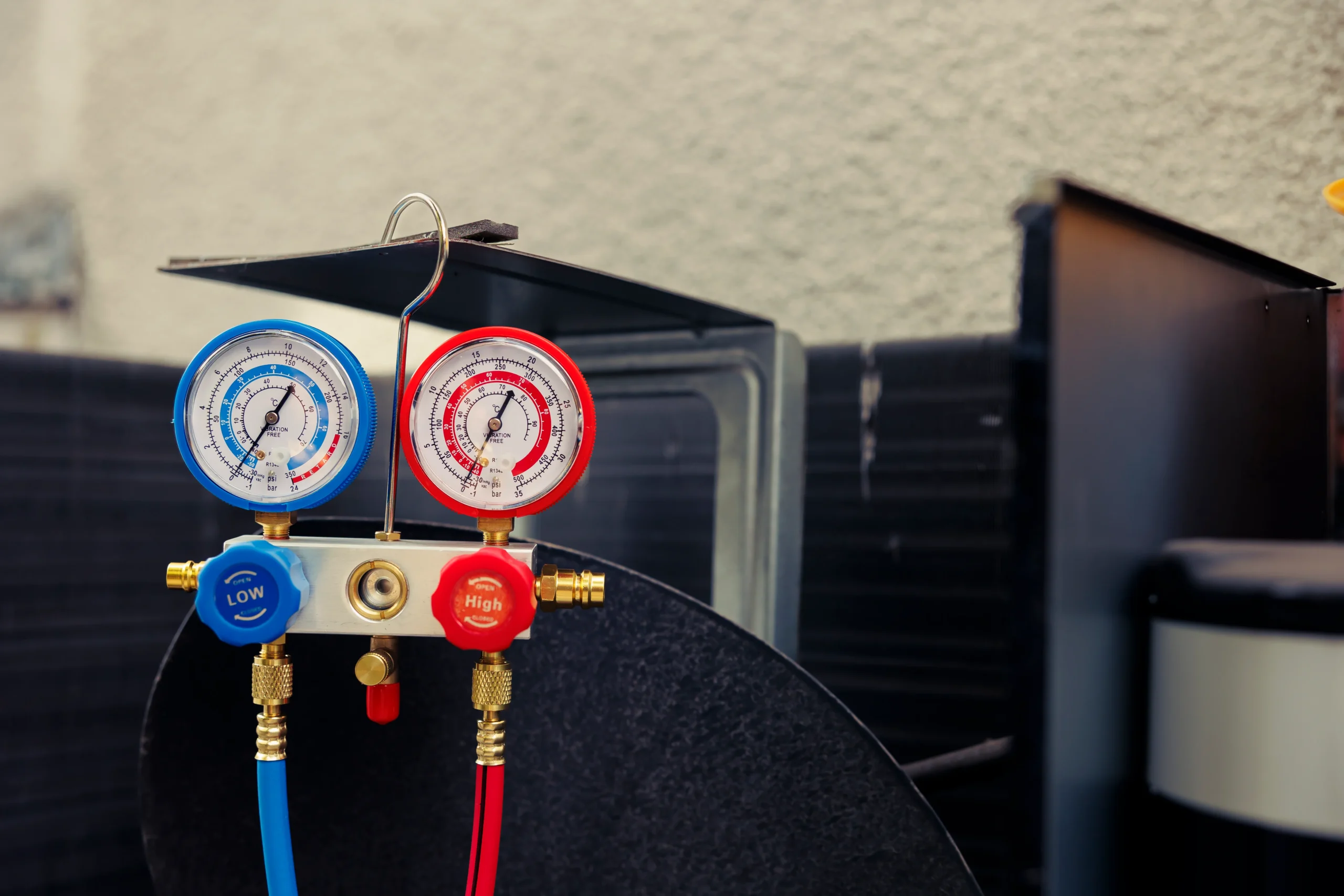Motorcycle enthusiasts know that maintaining a bike is not just about fueling up and hitting the road. Sometimes, challenges like a dead battery or a faulty starter motor require you to take matters into your own hands. Learning how to turn engine manually on a VStar 1600 can be a lifesaver in such situations. This guide will provide you with detailed instructions, important tips, and maintenance practices to ensure your VStar 1600 remains in top shape.
What Is Manual Engine Turning?
Manual engine turning involves rotating the engine’s crankshaft by hand. This process bypasses the electrical starter system, making it particularly useful when troubleshooting or performing pre-start maintenance. It’s a straightforward technique that any VStar 1600 owner can learn with the right tools and guidance.
Why Would You Need to Turn the Engine Manually?
Understanding when and why to manually turn your engine is crucial. Here are some common scenarios:
- Dead Battery: When the battery fails, manual turning can help move the engine without electrical assistance.
- Starter Motor Issues: A malfunctioning starter motor might prevent the engine from starting. Manual turning provides an alternative.
- Pre-Start Maintenance: After prolonged storage, manually turning the engine ensures proper oil circulation and prevents internal damage.
- Diagnosing Problems: If internal components are stuck or misaligned, manual turning helps identify the issue.
Safety Precautions Before Starting
Before diving into the process, prioritize safety. Here’s what you need to do:
- Wear Protective Gear: Gloves protect your hands from sharp edges, and goggles shield your eyes from debris.
- Work on a Stable Surface: Ensure the motorcycle is on a flat, stable surface to prevent tipping.
- Cool the Engine: Always work on a cold engine to avoid burns.
- Disconnect the Battery: This prevents accidental ignition or electrical shorts.
Tools and Equipment Needed
Gathering the right tools ensures a smooth and safe process. Here’s a list of essentials:
| Tool | Purpose |
| Socket Wrench | Loosen crankshaft bolts. |
| Ratchet Extension | Provides leverage for turning bolts. |
| Spark Plug Wrench | Removes spark plugs. |
| Torque Wrench | Ensures proper bolt tightening. |
| Gloves and Goggles | For safety during the process. |
| Motorcycle Manual | Reference for specifications. |
Pre-Checks Before Turning the Engine
Preparation is key to a successful manual engine turn. Perform these pre-checks:
- Inspect Oil Levels: Low oil can cause excessive friction, so ensure proper lubrication.
- Check Fuel Quality: Stale fuel can clog the system. Replace it if needed.
- Clear the Workspace: Ensure tools and other items are organized to avoid accidents.
- Inspect Spark Plugs: Removing and inspecting spark plugs reduces compression and provides insight into the engine’s health.
Step-by-Step Guide to Turn the Engine Manually
Follow these steps to manually turn the engine on your VStar 1600:
Step 1: Park and Prepare the Motorcycle
- Park Safely: Place the bike on a flat, stable surface. Use a center stand if available.
- Set to Neutral: Ensure the motorcycle is in neutral gear to prevent movement.
- Turn Off the Ignition: For safety, disconnect the ignition.
Step 2: Remove the Spark Plugs
- Use a Spark Plug Wrench: Carefully loosen and remove the spark plugs.
- Why Remove Them? This reduces engine compression, making it easier to turn the crankshaft.
Step 3: Locate the Crankshaft Bolt
- Find the Bolt: Refer to the motorcycle manual to locate the crankshaft bolt. It’s usually on the right side of the engine.
- Check Specifications: Ensure you use the correct socket size for the bolt.
Step 4: Attach the Socket Wrench
- Secure the Wrench: Attach the socket wrench to the crankshaft bolt. Use a ratchet extension if needed.
- Test the Fit: Ensure the wrench is securely attached before applying force.
Step 5: Turn the Crankshaft Manually
- Turn Clockwise: Rotate the wrench slowly in a clockwise direction.
- Check Resistance: Feel for smooth movement. If you encounter resistance, stop and investigate.
- Complete One Cycle: Turn until the crankshaft completes a full revolution.
Step 6: Reinstall the Spark Plugs
- Inspect and Reinstall: Check the condition of the spark plugs before tightening them back into place.
- Use a Torque Wrench: Tighten to the manufacturer’s recommended specifications.
Step 7: Test the Engine
- Reconnect the Battery: Reattach the negative terminal.
- Start the Engine: Turn on the ignition and test if the engine starts normally.
Alternative Methods to Turn the Engine Manually
In emergencies, these alternative methods may work:
- Using a Flywheel Tool: Engage the flywheel directly instead of the crankshaft bolt.
- Rear Wheel Method: Place the bike in gear and manually rotate the rear wheel to turn the engine.
Common Mistakes to Avoid
Avoid these errors to prevent damage:
- Forcing the Crankshaft: Never apply excessive force when resistance is felt.
- Turning the Wrong Direction: Always turn clockwise unless specified otherwise.
- Skipping Pre-Checks: Ignoring oil or fuel levels can lead to serious damage.
Diagnosing Problems While Turning the Engine
During the process, pay attention to these signs:
- Unusual Noises: Clunking may indicate loose components, while grinding suggests lubrication issues.
- Hard Stops: Resistance could mean internal obstructions or seized parts.
- Smoothness: The engine should turn smoothly with consistent resistance.
When to Seek Professional Help
If you encounter these issues, consult a mechanic:
- Seized Engine: Persistent resistance even after lubrication.
- Internal Damage: Visible damage to components during inspection.
- Electrical Issues: Persistent starting problems after manual turning.
Routine Maintenance Tips for Preventing Engine Issues
Keep your VStar 1600 in top condition with these practices:
- Regular Oil Changes: Follow manufacturer recommendations for oil change intervals.
- Battery Maintenance: Keep the battery charged and terminals clean.
- Inspect Starter Motor: Periodically clean and lubricate the starter motor.
- Fuel System Checks: Ensure fuel lines are clear and filters are clean.
Comparison: Manual Turning vs Other Troubleshooting Methods
| Method | Advantages | Disadvantages |
| Manual Turning | Simple, no special tools required | Time-consuming, requires effort |
| Jump-Starting | Quick and effective for dead batteries | Requires jumper cables or tools |
| Diagnostic Tools | Pinpoints specific issues | May not work for mechanical problems |
Frequently Asked Questions (FAQs)
Q: What tools do I need to turn the engine manually on a VStar 1600?
A: You need a socket wrench, spark plug wrench, ratchet extension, torque wrench, and safety gear.
Q: Why would I need to turn the engine manually?
A: To address dead batteries, starter motor issues, or perform pre-start maintenance.
Q: Can I damage the engine by turning it manually?
A: If done correctly and gently, manual turning won’t damage the engine. Avoid forcing the crankshaft.
Q: How often should I manually turn my engine?
A: Perform this during routine maintenance or after prolonged storage.
Q: What should I do if the engine won’t turn?
A: Check for seized components, low oil levels, or internal damage. Seek professional help if needed.
Conclusion
Learning how to turn engine manually on a VStar 1600 is a valuable skill that can save you time and effort during maintenance or emergencies. By following this guide, you can safely and effectively perform the task while ensuring the longevity of your motorcycle. Remember to prioritize safety, perform regular maintenance, and consult a professional for complex issues. With proper care, your VStar 1600 will remain a reliable companion for years to come.


